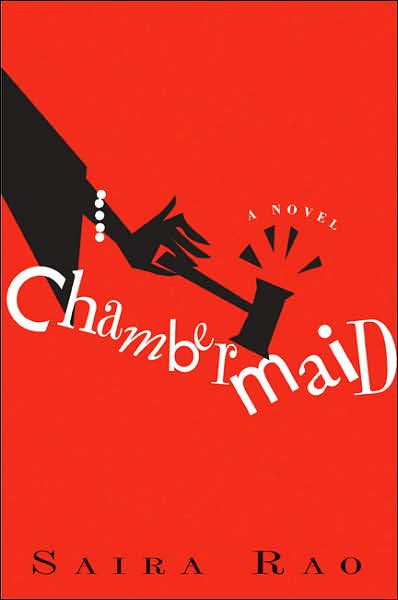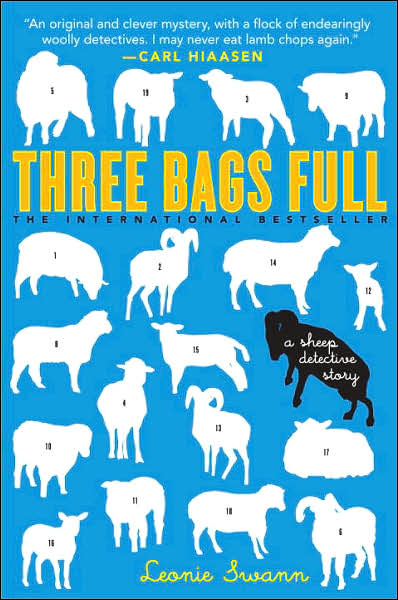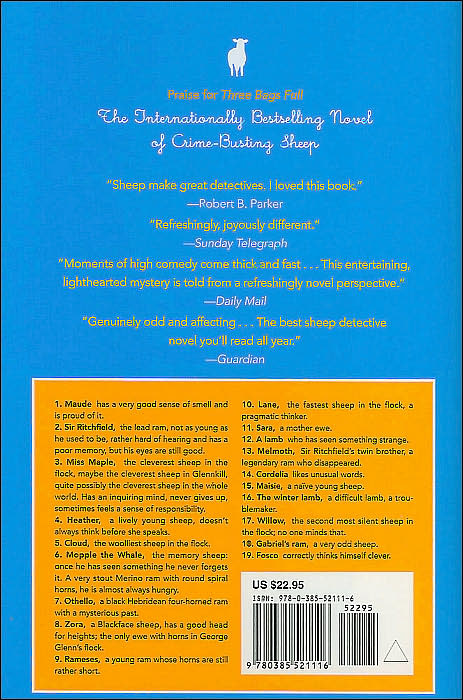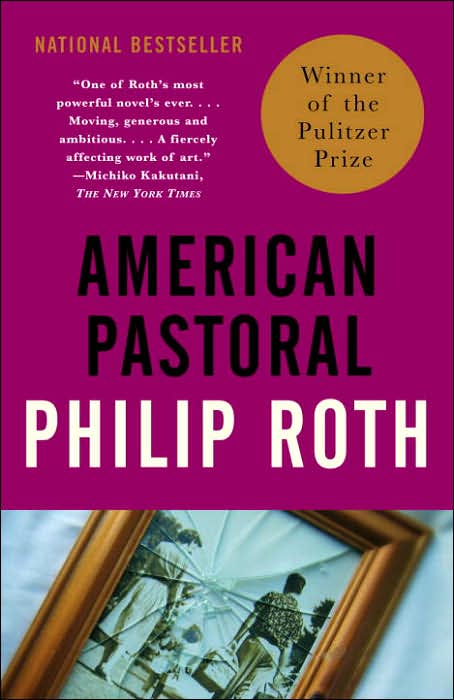Cover design has always been a hobby of mine. By hobby I do mean I am intrigued by them and I often find myself judging book covers (not books by their covers). Recently I've learned that cover art is also of interest to many other readers, writers, artists, businessmen, umpires, etc. I was informed of
this site, which is quite interesting, and of
this site, which is equally thought provoking.
New plan: Respond to book covers.
I won't make promises like I'll do this daily, but I can at least try to update semi-frequently. Hell, just a cover for others to respond to might make for interesting conversation. I am going to try to shy away from looking at covers of books I enjoy and take a seriously look at cover art for all written works. Does the cover accurately represent the contents? Is it aesthetically pleasing? Is it distracting? Does it catch your eye? Does it compromise the authors intent?
Let's begin:

I haven't read this book. I do not intend to. In fact, I merely picked it off a list that Barnes & Noble had of new titles. Does it work? Of Rao's book, her publisher says:
"The devil holds a gavel in this wickedly entertaining debut novel about a young attorney’s eventful year clerking for a federal judge. Sheila Raj is a recent graduate of a top-ten law school with dreams of working for the ACLU, but law school did not prepare her for the power-hungry sociopath, Judge Helga Friedman, who greets her on her first day. While her beleaguered colleagues begin quitting their jobs, Sheila is assigned to a high-profile death penalty case and suddenly realizes that she has to survive the year as Friedman’s chambermaid — not just her sanity, but actual lives hang in the balance. With
Chambermaid, debut novelist Saira Rao breaks the code of silence surrounding the clerkship and boldly takes us into the mysterious world of the third branch of US government, where the leaders are not elected and can never be fired. With its biting wit and laugh-out-loud humor, this novel will change everything you think you know about how great lawyers, and great judges, are made."
Hmm. If this work is supposed to "boldly [take] us into the mysterious world of the third branch of US government" then I find the work to be too light-hearted. The red grabs my attention and the simplicity makes it easy to internalize, but the font leaves something to be desired. And I can't say I enjoy the pinkies up gavel grip with a pearl studded wrist.
I think it just reminds me of the horrid title sequence to "The Nanny." Yes, the Fran Drescher show. It always brought an end to my post-school cartoon and Simpsons intake. Maybe that's why I can't enjoy it.
Not the "silence breaking" novel the publisher describes. Or perhaps they were confused and it's wonderful little romp.
Any takers?
















